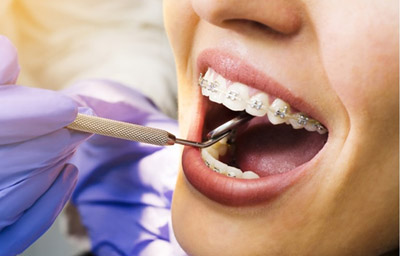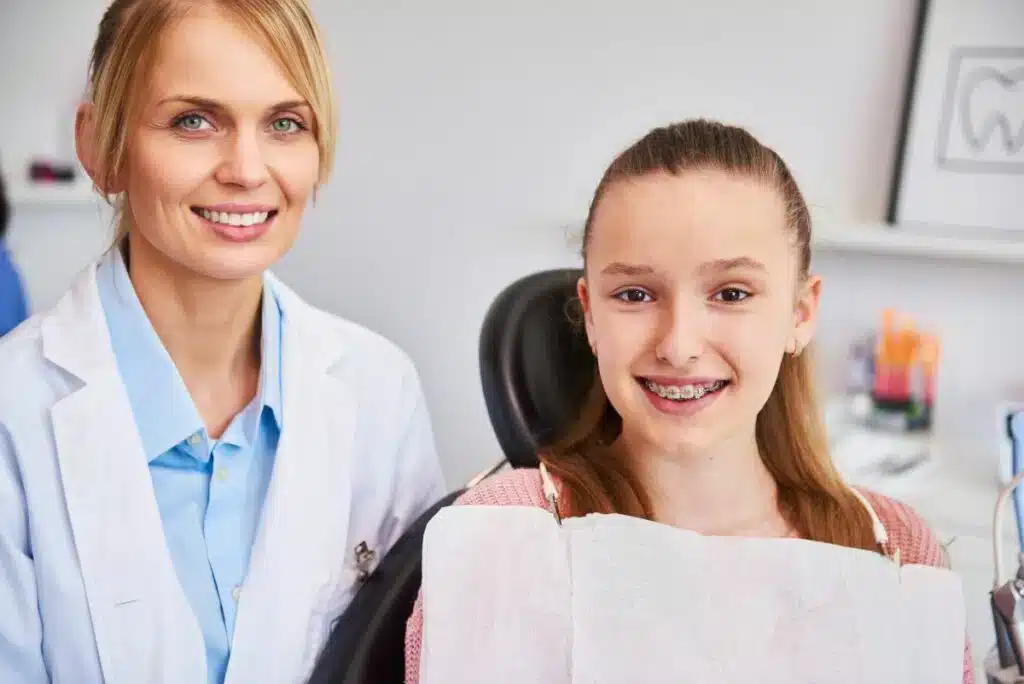The Best Guide To Causey Orthodontics
Table of ContentsAn Unbiased View of Causey OrthodonticsCausey Orthodontics for BeginnersThe Best Strategy To Use For Causey OrthodonticsThe Facts About Causey Orthodontics UncoveredWhat Does Causey Orthodontics Do?
Neglecting occlusal partnerships, it was common to eliminate teeth for a variety of oral problems, such as malalignment or overcrowding. The idea of an intact teeth was not commonly valued in those days, making bite connections appear unimportant. In the late 1800s, the principle of occlusion was crucial for creating reliable prosthetic substitute teeth.As these concepts of prosthetic occlusion advanced, it became an indispensable device for dentistry. It was in 1890 that the work and effect of Dr. Edwards H. Angle started to be really felt, with his payment to contemporary orthodontics particularly notable. Concentrated on prosthodontics, he instructed in Pennsylvania and Minnesota prior to routing his focus towards dental occlusion and the therapies required to maintain it as a regular problem, thus becoming known as the "father of modern-day orthodontics".

The idea of optimal occlusion, as postulated by Angle and included into a classification system, made it possible for a shift towards dealing with malocclusion, which is any type of variance from typical occlusion. Having a full set of teeth on both arches was very sought after in orthodontic treatment because of the requirement for precise relationships in between them.
The Causey Orthodontics PDFs
As occlusion became the crucial priority, facial percentages and aesthetic appeals were neglected - orthodontist expert. To achieve optimal occlusals without making use of external forces, Angle proposed that having ideal occlusion was the very best means to gain optimum facial aesthetics. With the passing of time, it ended up being rather evident that even an exceptional occlusion was not suitable when thought about from an aesthetic viewpoint
It became obvious that orthodontic treatment could change mandibular advancement, leading to the development of practical jaw orthopedics in Europe and extraoral pressure procedures in the United States. Nowadays, both useful home appliances and extraoral gadgets are applied around the globe with the goal of changing development patterns and forms. Consequently, seeking true, or a minimum of enhanced, jaw relationships had actually become the main objective of therapy by the mid-20th century.
Causey Orthodontics Things To Know Before You Get This
 The American Journal of Orthodontics was produced for this objective in 1915; prior to it, there were no scientific goals to adhere to, nor any type of precise classification system and braces that did not have functions. Till the mid-1970s, braces were made by wrapping steel around each tooth. With improvements in adhesives, it came to be possible to rather bond metal braces to the teeth.
The American Journal of Orthodontics was produced for this objective in 1915; prior to it, there were no scientific goals to adhere to, nor any type of precise classification system and braces that did not have functions. Till the mid-1970s, braces were made by wrapping steel around each tooth. With improvements in adhesives, it came to be possible to rather bond metal braces to the teeth.This has actually had meaningful impacts on orthodontic therapies that are administered frequently, and these are: 1. Right interarchal partnerships 2. Proper crown angulation (pointer) 3.
The advantage of the layout exists in its brace and archwire combination, which requires only marginal cable bending from the orthodontist or clinician (orthodontist services). It's appropriately named hereafter attribute: the angle of the slot and density of the brace base inevitably establish where each tooth is located with little need for added manipulation
What Does Causey Orthodontics Do?
Both of these systems used the same braces for each tooth and necessitated the flexing of an archwire in three airplanes for situating teeth in their wanted positions, with these bends determining ultimate placements. When it comes to orthodontic home appliances, they are divided right into two kinds: removable and fixed. Detachable home appliances can be tackled and off by the individual as required.

Hence, mostly all modern set home appliances can be taken into consideration variants on this edgewise home appliance system. Early 20th-century orthodontist Edward Angle made a significant contribution to the globe of dentistry. He developed four distinctive home appliance systems that have actually been utilized as the basis for several orthodontic treatments today, preventing a few exemptions.
Causey Orthodontics Things To Know Before You Buy

The cable ended in a string, and to relocate forward, a flexible nut was utilized, which permitted an increase in area. By ligation, each private tooth was attached to this large archwire (orthodontist services). Because of its limited variety of activity, Angle was unable to achieve precise tooth placing with an E-arch
These tubes held a soldered pin, which can be repositioned at each consultation in order to move them in position. Called the "bone-growing device", this device was supposed to encourage much healthier bone growth as a result of its potential for moving force straight to the roots. Applying it showed frustrating in reality.